Dennis Dieks (Utrecht): “Identical quantum particles as distinguishable objects”
Particles in classical physics are individuals that can be distinguished by identifying physical properties. By contrast, in quantum mechanics the “received view” is that particles of the same kind (“identical particles”) cannot be distinguished in this way. This standard view is problematic, though: not only is it at odds with the very meaning of the term “particle” in ordinary language, it also conflicts with how the term “particle” is actually used in the practice of present-day physics. Moreover, the indistinguishability doctrine prevents a smooth transition from quantum to classical particles (in the classical limit). We will discuss an alternative to the standard view that avoids these and similar problems. According to this proposed analysis, a particle picture is not always appropriate to represent what is usually called an “identical particle system”; but when such a picture is applicable, identical quantum particles are distinguishable no less than classical particles. As it turns out, this alternative approach connects to recent discussions concerning the question of when identical particle states should be considered to be entangled.
Dennis Dieks is a Professor in the Freudenthal Institute at the University of Utrecht.


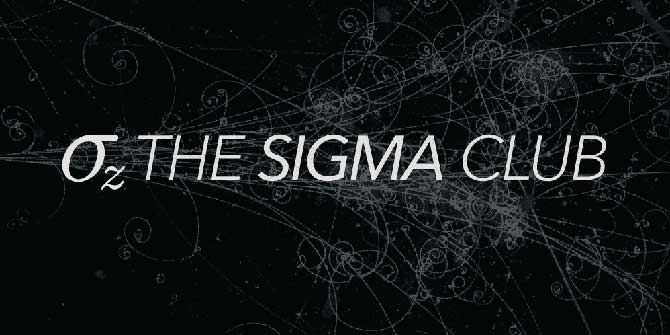

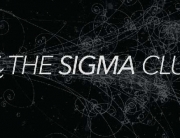
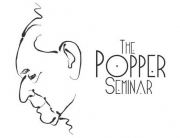

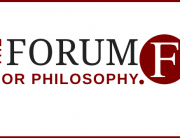



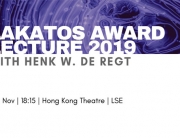

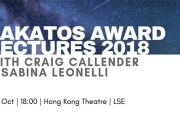

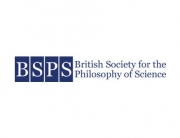
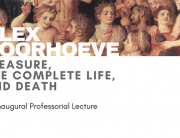
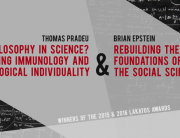
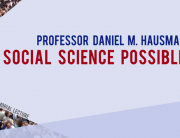
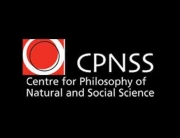

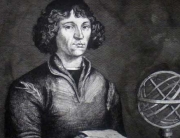
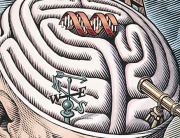
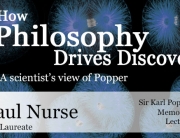
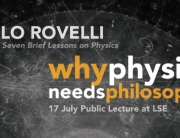
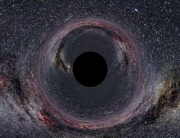
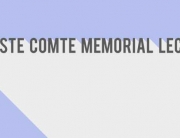
Connect with us
Facebook
Twitter
Youtube
Flickr